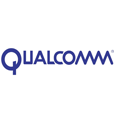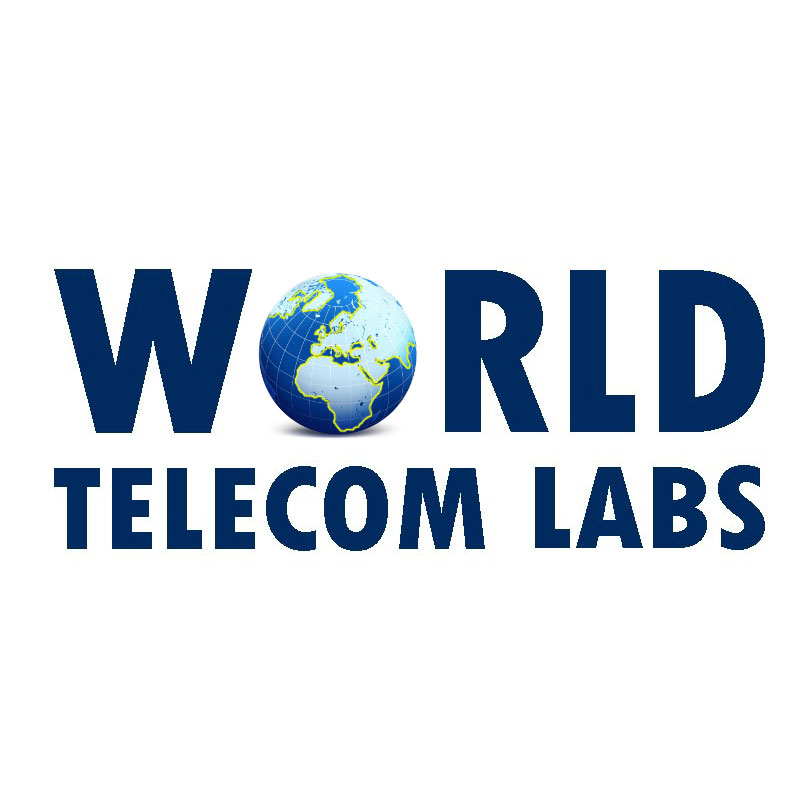 For all the hype and buzz which was generated ahead of Mobile World Congress 2019, the edge stole some of the attention away from 5G.
For all the hype and buzz which was generated ahead of Mobile World Congress 2019, the edge stole some of the attention away from 5G.
Perhaps this is more of a realisation that 5G is not all its cracked up to, at least for the moment anyway. After handing out the accolades for ‘5G first’, this now seems to be the time to settle down and take a mature look at what we have in front of us.
Numerous telcos have not crossed the finish line to offer 5G to those who feel they need it, but with the incredibly limited nature of the coverage and a lack of devices to make use of the bonanza, you have to ask what is the point? For all the promise of greatness, this year’s gathering had a much more pragmatic feel.
Yes, 5G is exciting, but its only the beginning. Yes, there is a chance to make more money, but the usecases have to be figured out. Yes, there are some interesting ideas out there, but Release 16 is where the magic will happen. And yes, today’s 5G will bring certain benefits, but there is of course a lot of work to be done.
It might seem like a bit of a negative thing to say but keep the champagne on ice because nothing has been achieved yet. And this seemed to be the mood throughout the halls of the Fira. The industry has been building up this promise of a connected society, built on superfast 5G networks, for years, but the hype seems to have been dissipated by reality.
There was of course a lot of talk around 5G, perhaps most notably because of the devices the manufacturers were showing off, but it would certainly be fair to say the edge stole at least a bit of the limelight.
Although there are some telcos out there who believe they can build a 5G business on the concept of speed, many are building towards the latency angle. This is where the edge will play a critical role, and the rational businesses throughout the world are building partnerships and investing in technology to make these services a reality.
Telefonica is an excellent example, as while it announced a partnership with Microsoft to smarten up its Aura product ahead of taking on the likes of Amazon and Google in the personal assistant space, this tie up will help it drive towards the edge, creating a wealth of new services for a variety of customers. During the press conference, Microsoft CEO Satya Nadella pointed towards the edge as one of the most powerful developments over the next couple of years, and he certainly wasn’t the only one.
On the final day of MWC, Ian Fogg of OpenSignal spoke of how importance low latency will be to enhance the gaming experience for users around, while two halves of the same bad played a set in opposite ends of the hall, one in Vodafone’s stand and the other in Ericsson. While we’re not convinced this is a block-buster usecase, it does demonstrate what can be done.
While the edge plays an important role in content caching and distribution, a more intelligent can help change the industry in numerous other ways due to the idea of ‘dumb devices’. The more processing power, intelligence and storage components which can be moved off these devices, the cheaper they become to manufacture. This could potentially have a scaling effect on certain aspects of the already blossoming IOT segment.
Of course, what is worth taking into account is that there are numerous devices and services which are becoming increasingly complex. Only a segment of the IOT world will become ‘dumb’, and irrelevant of how small it is, it will open the door, encourage growth and adoption, as well as broadening the number of usecases which might be considered commercially unviable currently.
The same argument could be said for smartphones. With more ‘intelligence’, storage and processing power moving off devices, there could be more freedom to evolve the smartphone. Power demands and the necessity of having some components on the devices could be removed. There could be a lot more opportunity to create new concepts.
An interesting counterpoint to this latency usecase for 5G was raised by Bengt Nordstrom, CEO at Northstream, during our MWC podcast. Nordstrom points to the reduction in latency over the last few years, and whether this has encouraged any new (or growth) revenues in the industry. If it is simply improving experience as opposed to adding to the bottom line, is there any reason to believe this wouldn’t be the case moving forward, and does it build a business case for 5G investments?
Looking at the usecases for low latency, there are many, some of which are arguably more important than others. Video chat is one which is mentioned often, especially when one of the parties in a remote location, such as international reporters. Esports is a significant one, and this is a growing industry. Betting and bidding could be another, and while many will think of sports betting first and foremost, the financial sector would certainly benefit as fractions of a seconds could means thousands in trading, especially with automation playing a role. Smart factories, transport systems, air-traffic control, security threat detection, network automation are more. There are numerous examples.
For us, the emphasis on edge computing represents a shift in mentality from the industry. 5G discussions are all about laying the groundwork for the future digital community, but in giving more airtime to topics like the edge, the industry is seemingly more focused on the commercial realities of futuristic connectivity. 5G won’t make the future, it will just enable it.
5G was supposed to steal the show in Barcelona this year, and it certainly was the protagonist, but the edge certainly commanded more than its 15 minutes.
Like what we’ve got to say? Click here to sign up for our daily newsletter!
Tags: 5G, Cloud, EDGE, featured, MEC, Mobile Edge Computing, Mobile World Congress, MWC, mwc 19









